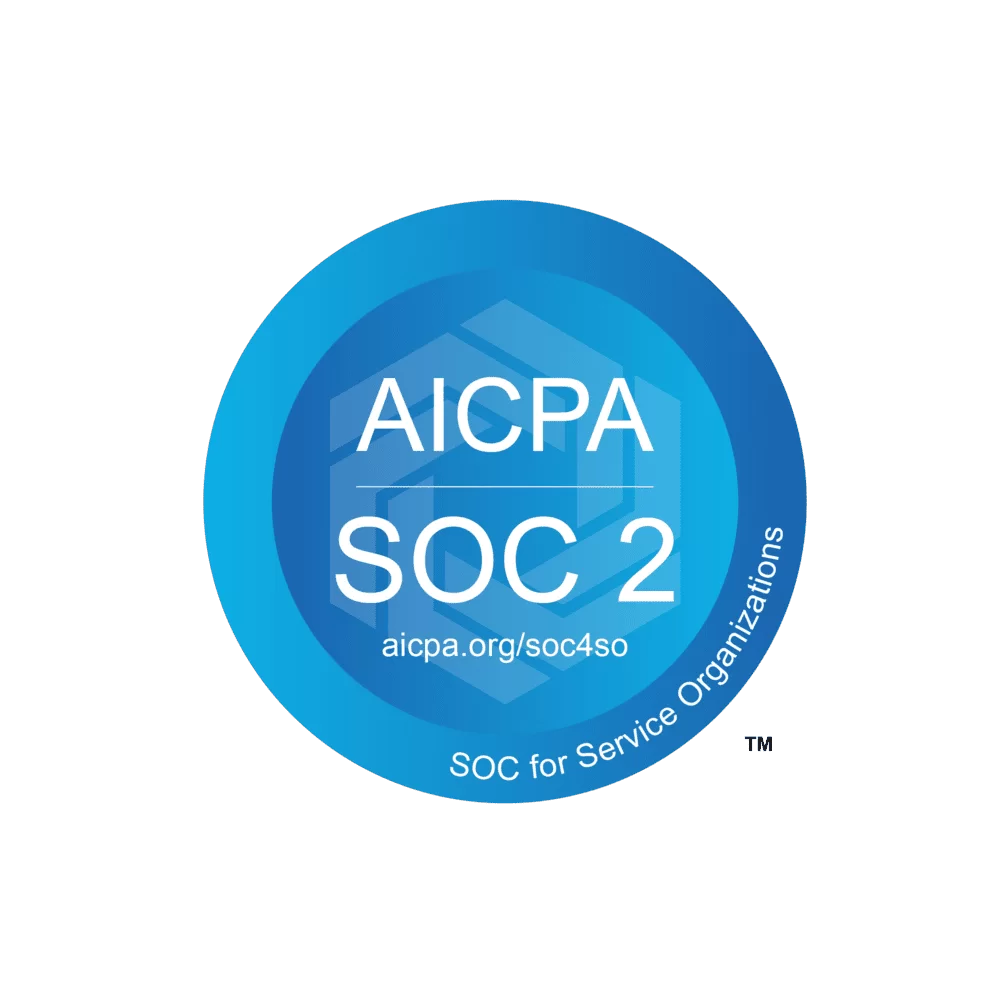In 2021, Mercedes-Benz suffered a data breach. They lost the private data and payment details of thousands of customers. The cause was a cloud service configuration mistake by a vendor. But it was Mercedes-Benz’s reputation that was damaged.
With most companies and their entire supply chains storing data in the cloud, such stories are not uncommon.To prevent them, you need cloud security posture management. In this introduction to cloud security posture management, you’ll learn about what it is, why it’s important, and how it works.
What Is Cloud Security Posture Management?

As a cloud-native organization, your teams probably subscribe to dozens, or even hundreds, of cloud services. Most are likely to be software-as-a-service (SaaS) applications.
Cloud security posture is the security state of all your cloud resources. It's the result of your organization’s priorities and security policies. It's affected by your management practices and employees’ activities. Each service impacts the security of your data and daily operations.
In the shared responsibility model of cloud platforms, the customer takes care of some security aspects. Cloud security posture management (CSPM) is the systematic managing and monitoring of cloud security posture. Its goal is to reduce the security risks to your cloud infrastructure.
How CSPM Would Have Helped These Cloud Cyber Attacks

To appreciate the importance of CSPM, let's study two attacks involving cloud services. We’ll see how CSPM would have mitigated them.
1. Data breach due to misconfigured Amazon S3 storage
Amazon S3 is a very popular cloud storage service where files are stored in resources called buckets. To secure an S3 bucket, you have to properly configure its access control.
In July 2021, data from dozens of US municipalities were stored in unsafe S3 buckets. Anybody could have downloaded them. The buckets had the personal details of thousands of people.
CSPM would have detected the unsafe S3 buckets. It would have automatically remediated their permissions. Then, CSPM would have monitored the S3 logs and alerted security teams to any public access. Plus, it would have suggested data encryption and securing of the encryption keys.
2. Unauthorized access through third-party systems
Okta is a platform-as-a-service (PaaS) for user management and logins. In January 2022, it found unauthorized access to its customer data through a third-party vendor. Because Okta manages identity and login for its customers, the potential damage from modified customer data was huge. Okta’s customers could have faced devastating cyberattacks.
Quality CSPM would have helped plan for such third-party and supply chain security issues. It would have suggested strong authentication and access control policies. Additionally, monitoring logs for unauthorized access to customer data would’ve been ensured. CSPM would have alerted security teams in real-time. It would also have let customers know that their data had been accessed or modified from outside.
Why Your Organization Needs CSPM

As a customer of cloud services, CSPM offers a high degree of security for your cloud usage. Let’s look at some benefits of cloud security posture management.
1. Data Protection
The single biggest benefit of CSPM is data protection. Hackers, and sometimes even business rivals, are always interested in getting your data. Data breaches, ransomware, or theft of sensitive data can not only damage your reputation but even ruin your business.
CSPM lets you systematically plan and implement security policies for data protection. Through security controls like authentication and permissions, CSPM makes data protection a key element of your cloud usage.
2. Workload Security
Apart from data, you’d also want to protect your data processing and application operations. Nowadays, most of that runs in the cloud on technologies like Kubernetes or serverless services like Lambda.
CSPM protects these processes using security tools like cloud access security broker (CASB) and cloud workload protection platform (CWPP).
3. Cloud Security Best Practices
Cloud security posture management helps you achieve cloud security best practices by enforcing recommendations from reputed security frameworks like:
- The cybersecurity framework from the National Institute of Standards and Technology (NIST)
- Critical security controls from the Center for Internet Security (CIS)
4. Compliance With Security Standards
Your organization may have to comply with different laws and standards like:
- General Data Protection Regulation (GDPR)
- Payment Card Industry Data Security Standard (PCI DSS)
- Health Insurance Portability and Accountability Act (HIPAA)
- Service Organization Controls (SOC 2) certification
These laws and standards require you to diligently follow many policies and processes. Policy violations can mean loss of certification, fines, and even legal actions.
CSPM enables you to achieve continuous compliance with all necessary laws and standards. Compliance monitoring and reporting are built into every tool and process. For software companies, CSPM solutions enable compliance in their DevOps practices.
5. Incident Response Support
Cyberattacks can't be avoided. CSPM helps you plan and automate your incident response, mitigation, and recovery after a cyberattack.
How Does CSPM Work?

Organizations expect CSPM tools to guard their entire cloud landscape. To do it effectively, CSPM relies on these processes.
1. Asset Discovery
Cloud assets are all the cloud resources your organization owns across different cloud providers. For example, your files in a storage service and customer data in a database service are your cloud assets. To monitor their configurations, CSPM first needs to know about them.
But that’s not easy for many reasons:
- Public cloud providers — like Amazon Web Services (AWS), Microsoft Azure, and Google Cloud — and cloud application vendors come up with new, useful services all the time. Any team can sign up for any service at any time.
- Many customers want multi-cloud environments for availability, convenience, or cost benefits.
- There’s a lot of variety in these services. They may be SaaS office suites like Google Workspace, PaaS like Okta or GitHub, or infrastructure-as-a-service (IaaS) like virtual private networks. Each requires service-specific ways to discover resources.
- With new files and data being created every second, the list of cloud resources is highly dynamic.
To overcome these difficulties, CSPM automates asset discovery. It keeps an inventory of all your cloud resources. Every addition, deletion, and change is tracked throughout the resource’s lifecycle. Each service is queried for resources through its application programming interface (API).
Asset discovery and inventory enable the organization to query, visualize, and prioritize its cloud assets based on their security risks.




.svg)




